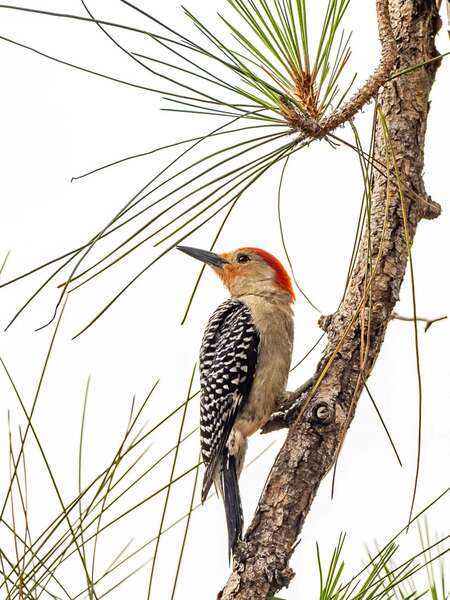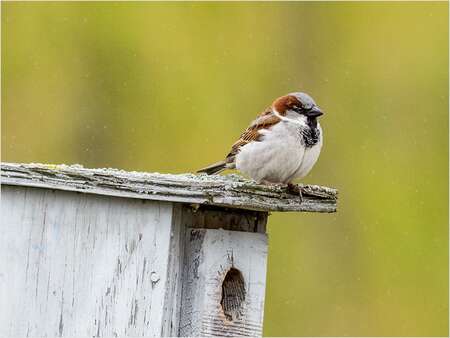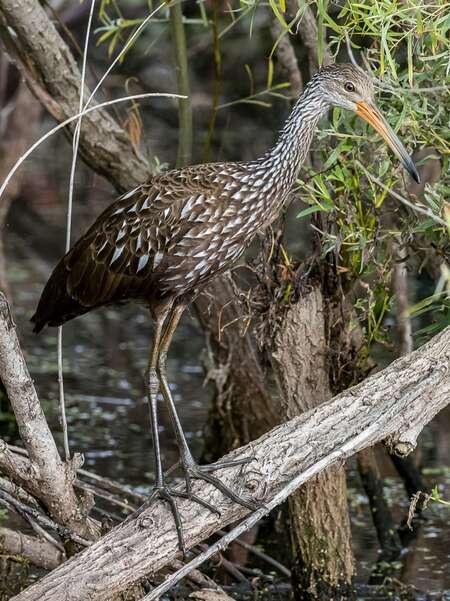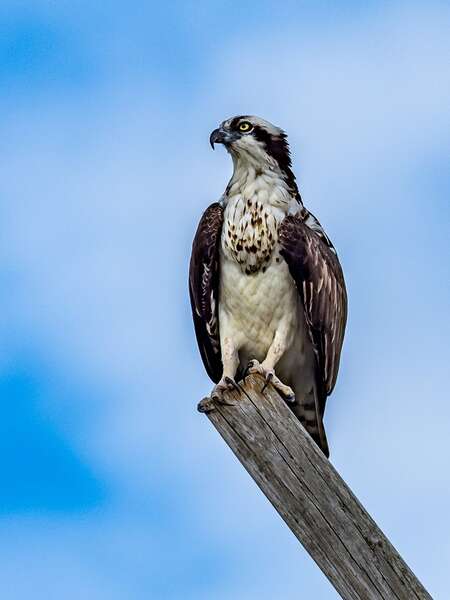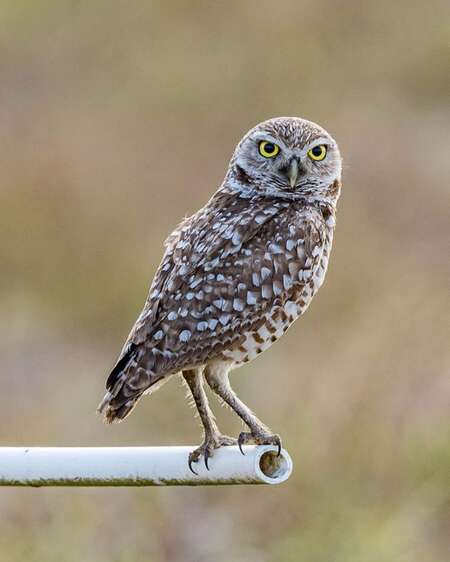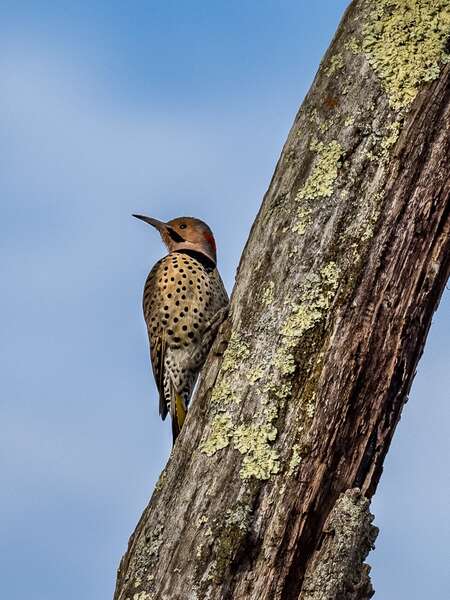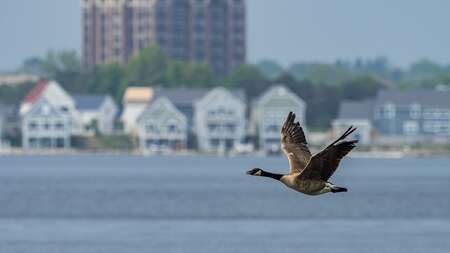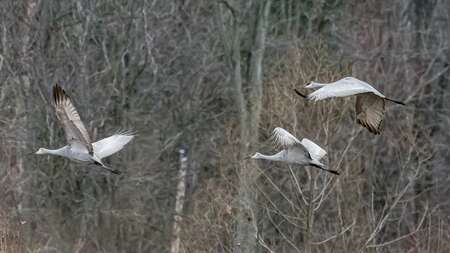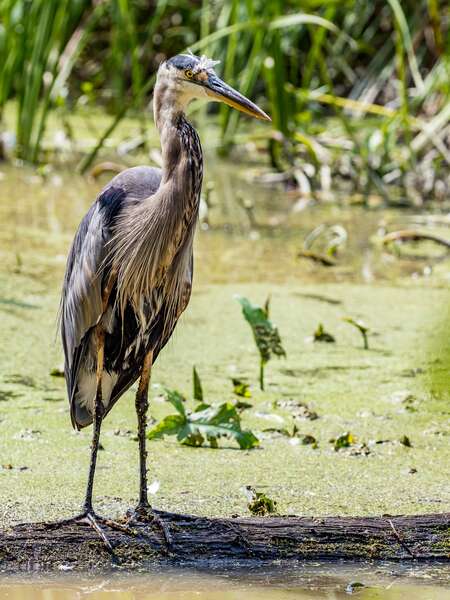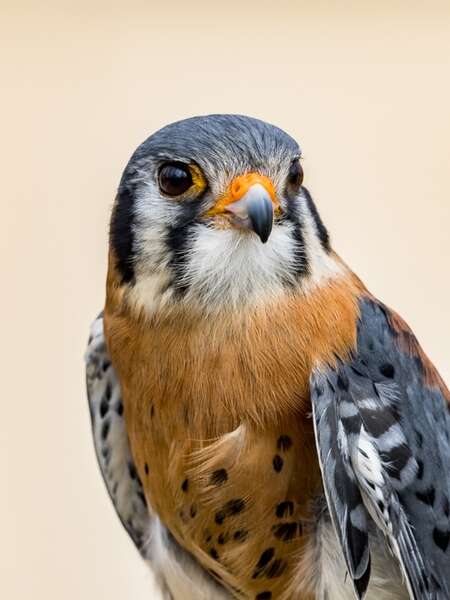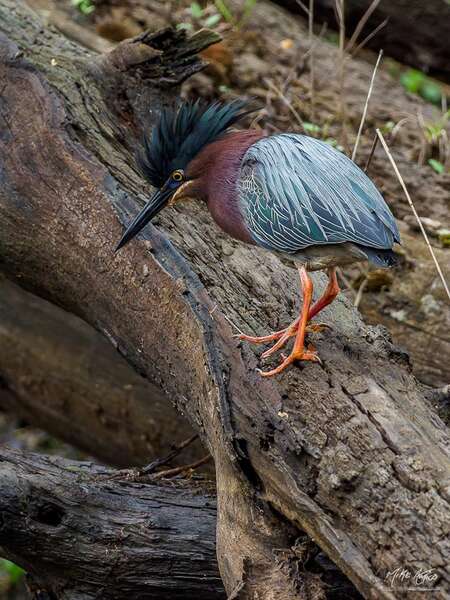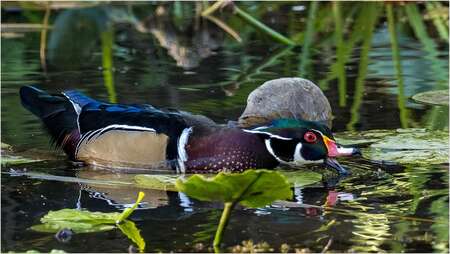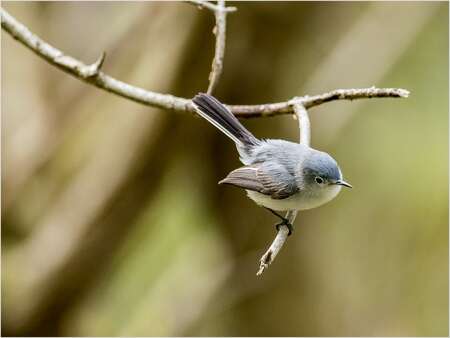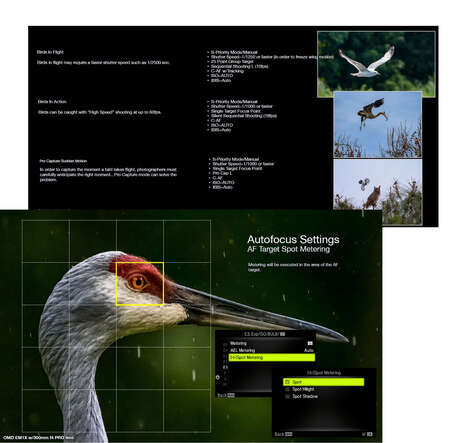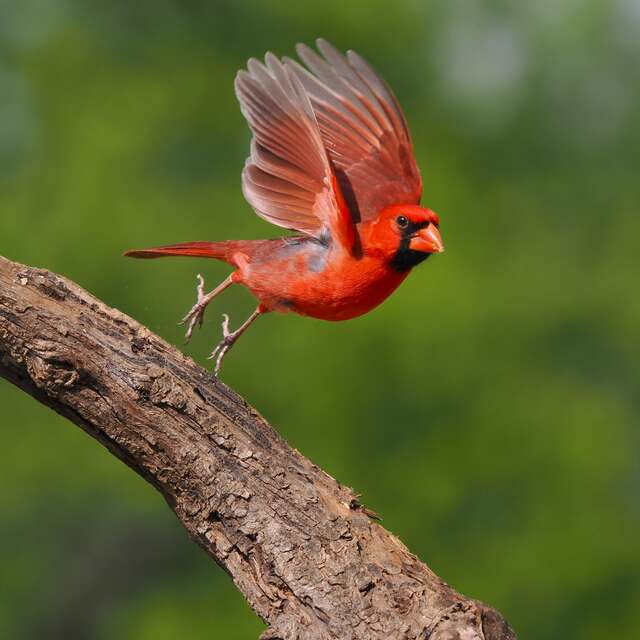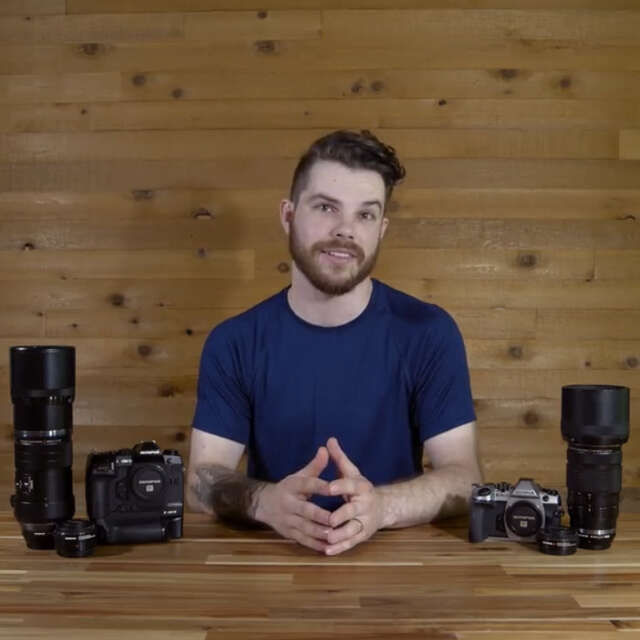Photographing birds has quickly become a passion for me over the past couple of years. I am still in the infancy of my journey and I find that it is a continual learning curve. This is part of what makes it so exciting! That, along with the joy of being with the birds in their environment, and the task of trying to learn more about the birds that I am capturing. The tips compiled here come from listening to some of my favorite birders (those that have been shooting for much longer than me) as well as bits and pieces that I am learning along the way!
Photos captured by Mike Amico with an OM-D E-M1X and M.Zuiko ED 300mm F4.0 IS PRO lens.
1. LEARN AS MUCH AS YOU CAN
Research where to find birds in your area:
-
Check with local rescue centers
- Local Zoo
- Wildlife Refuge
- US Fish & Wildlife Service Website
2. START IN YOUR BACKYARD
- Set up a portable blind in order to “hide.”
- Put up bird feeders and “bird friendly” bushes.
3. WATCH THE SUN & WIND
-
Watch for the direction of the wind and the angle of the sun. Same direction means great conditions for shooting birds in flight.
-
Try to keep the sun at your back.
-
Birds land and takeoff into the wind.
-
Photography birds in flight when the sun is low. This helps to light up the underside of their wings.
4. ISOLATE YOUR SUBJECT
-
Try to choose a “clean” background – don’t split the bird's head with a tree trunk!
- Avoid clutter in the image – especially in front of the bird.
- Utilize wider aperture and longer focal length (for compression). This helps to blur your background.
- Fill the frame up as much as you can with the bird, or take a "head shot."
5. FOCUS ON THE EYES
- Try to capture a "catch light" in the eye(s).
- Light in the eyes keeps the bird looking "alive" in photos.
- Similar to portrait photography, keep the eyes in focus and get some light in there to really make them pop.
6. FRAME YOUR SUBJECT
- Use the surroundings to frame your subject.
- Utilize branches for leading lines.
- Be creative. Know your composition techniques (Rule of Thirds, etc.)
7. GET TO KNOW YOUR GEAR
- Learn all you can about the camera that you have and get comfortable with it.
- Birds can be captured with entry level to mid range cameras if the user learns the equipment and knows how to work around any shortcomings.
- Anticipate movement. Set your settings ahead of time - i.e. burst mode, metering, focus points, custom functions.
8. CAPTURE FLIGHT
-
For flying birds, capture the wings in the up or down motion, no pancakes!
-
Be aware of shutter speed. Know if your goal is to freeze action or show movement.
-
Use a minimum shutter speed of 1/1000 sec. For birds in flight, use 1/2500 sec to freeze wings.
9. KEEP TO ODD NUMBERS
-
Your image will be more aesthetically pleasing with an odd number of subjects.
11. BEST TIME OF DAY
-
Shoot early in the morning or late in the afternoon.
-
Birds are typically more active during these times.
- The light is usually good, as well.
13. CAPTURE WHAT YOU LOVE
-
Photograph the subjects that move you.
-
Don't worry about the trends or what other photographers are shooting.
- Learn about the birds you love and focus on the next great and unique shot!
14. BE REALLY, REALLY PATIENT
-
Don’t get frustrated.
-
Waiting for the right conditions and good subject matter can yield a great capture!
15. DON'T GIVE UP!
-
Practice makes perfect.
-
The more you shoot and the more you learn about the subject, the better your images will grow to be!
TRY THESE SETTINGS
Want detailed settings to get your camera ready for bird photography? Download Mike's slides from his recent Bird Photography seminar for an overview of:
- Which mode dial setting to use and why
- How to access custom modes
- Exposure compensation
- When to use and how to setup Pro Capture Mode
- Recommended settings for capturing birds in flight, birds in action, or birds prone to sudden motion
- Autofocus settings and recommended AF target setups
VIEW MIKE'S PRESENTATION (PDF)
or get more tips from the Bird Photography page on the Olympus Learn Center.
ABOUT MIKE AMICO
Always having had a passion for the Arts, Mike Amico started photography at an early age. After receiving his degree in Photography & Digital Imaging From Ringling College of Art and Design, Mike entered the photo industry as both a Salesman and a Trainer. This is where he has spent the past 20 years educating others and honing his craft. Mike is currently an Olympus rep specializing in the Micro Four Thirds line of cameras.
